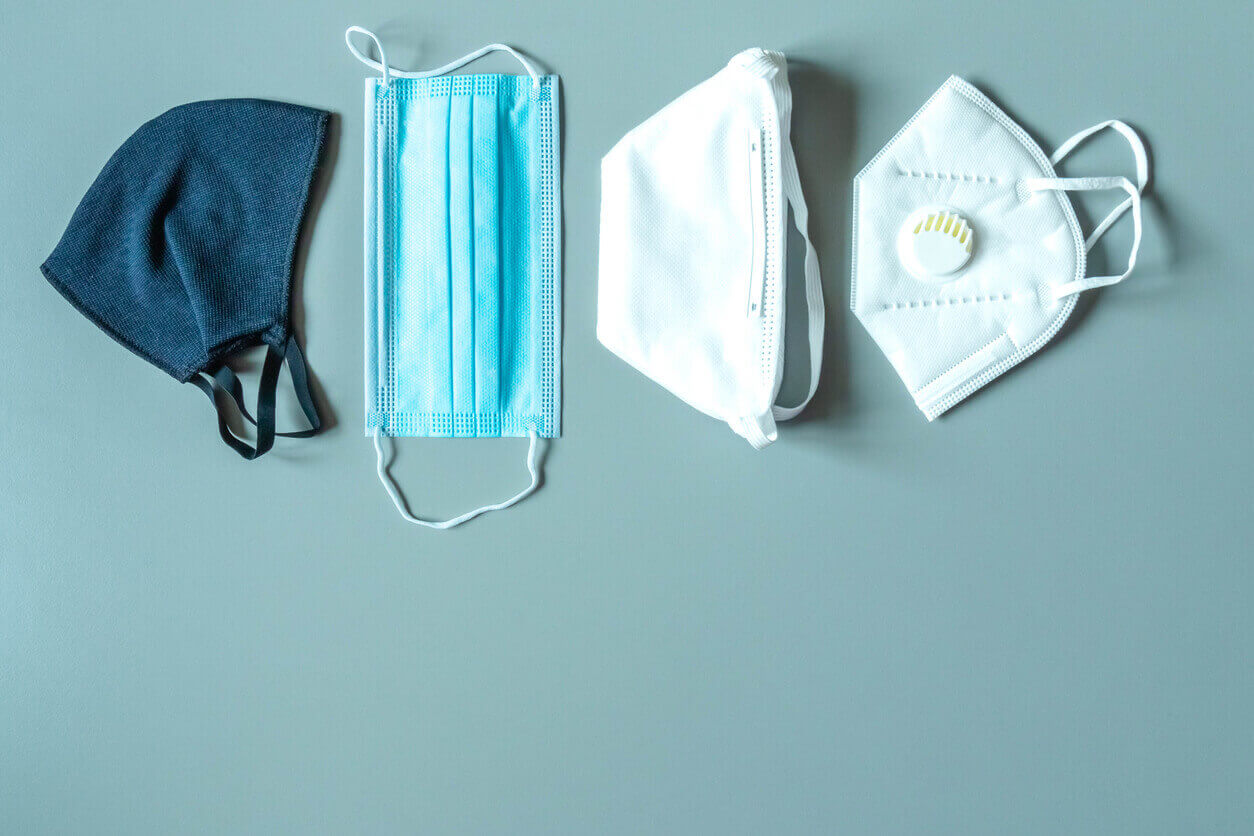04-Mar-2022
What Kind of Mask Should I Be Using?

As part of the fight against the spread of COVID-19, health officials around the world recommended the use of face coverings in public to try and prevent, or at least reduce, the spread of viruses.
A study by The Kirby Institute in New South Wales looking at the epidemic in Victoria in late 2020 found if there was a 70% uptake in universal mask use in the 6 week lockdown, cases could have been reduced by almost 85% and deaths by 83%. Another study compared countries’ mask policies and public adoption to investigate mortality rate per-capita for the first four months of the pandemic. In countries recommending masks, the per-capita mortality rate tended to increase each week by 16.2%, compared to 61.9% in countries not recommending masks.
While many agree masks are important, knowing what mask is best for you is another story. With thousands of products available, along with DIY solutions, how can you pick the best mask type to keep you and others safe? Let’s compare.
Cloth Masks
Cloth masks, or reusable masks, are one of the most common types used by the general public, typically made with multiple layers of woven and non-woven fabrics, such as cotton and synthetic blends. They can be washed and re-worn. These protect others from germs breathed out by the person wearing it but do little to protect the wearer. However, not all cloth masks are created equally and many on the market do not provide the protection expected. For example, cloth masks that have gaps, any kind of opening or vents, are made from thin or single layer fabric, or are not appropriately cleaned no longer protect to the same degree.
Surgical Masks
Disposable surgical masks are the other commonly used mask by the public, also referred to as “medical procedure masks”. These loose-fitting masks are designed to cover the mouth or nose and, in the past, were typically used in healthcare settings, hence the name. Similar to cloth masks, if they have gaps or are dirty, they do not offer the same protection. However, they are typically considered more effective than their cloth counterparts but also produce more waste.
N95 Masks
With higher filtration than many other mask varieties, N95 masks are becoming a more common sight in public. They are named after the level of filtration, filtering a minimum of 95% of particles that are 0.3 microns in diameter or larger. However, similarly to other masks, they must be tightly fitted to the face for optimal protection. These are most commonly used by frontline workers but are more accessible now.
Face Shields
A little different to a mask, face shields are made from a headband and rigid, plastic sheet that curves around the face, with the idea that they allow others to see what you are saying or can be used in combination with other PPE for better coverage. Experts do not recommend using these alone, but rather as additional protection over a face mask. Face shields are often used in environments where fluids could be propelled into the air, like dentistry or surgery rooms.
FFP3 Masks
Considered to have the highest form of protection, FFP3 masks filter at least 99% of particles that are 0.3 microns in diameter or larger. These masks are similar in style and design to N95 masks but are known for their fit and protection and are considered to offer some of the best protection available in face masks. Some varieties, like ViraCoat, come with a coating that combats viruses, which also increases usability.
Choosing a face mask to protect you from viruses like COVD-19 can seem difficult with the many varieties available at various price points. If you work in a high-risk environment, choosing the highest level of protection is essential. Of course, we’ll always recommend our face masks which are FFP2 or FFP3 masks with an innovative Neutrapodal coating that’s proven to kill 99.9% of SARS-CoV-2 particles within 5 minutes, but make sure to do your research to ensure your safety.